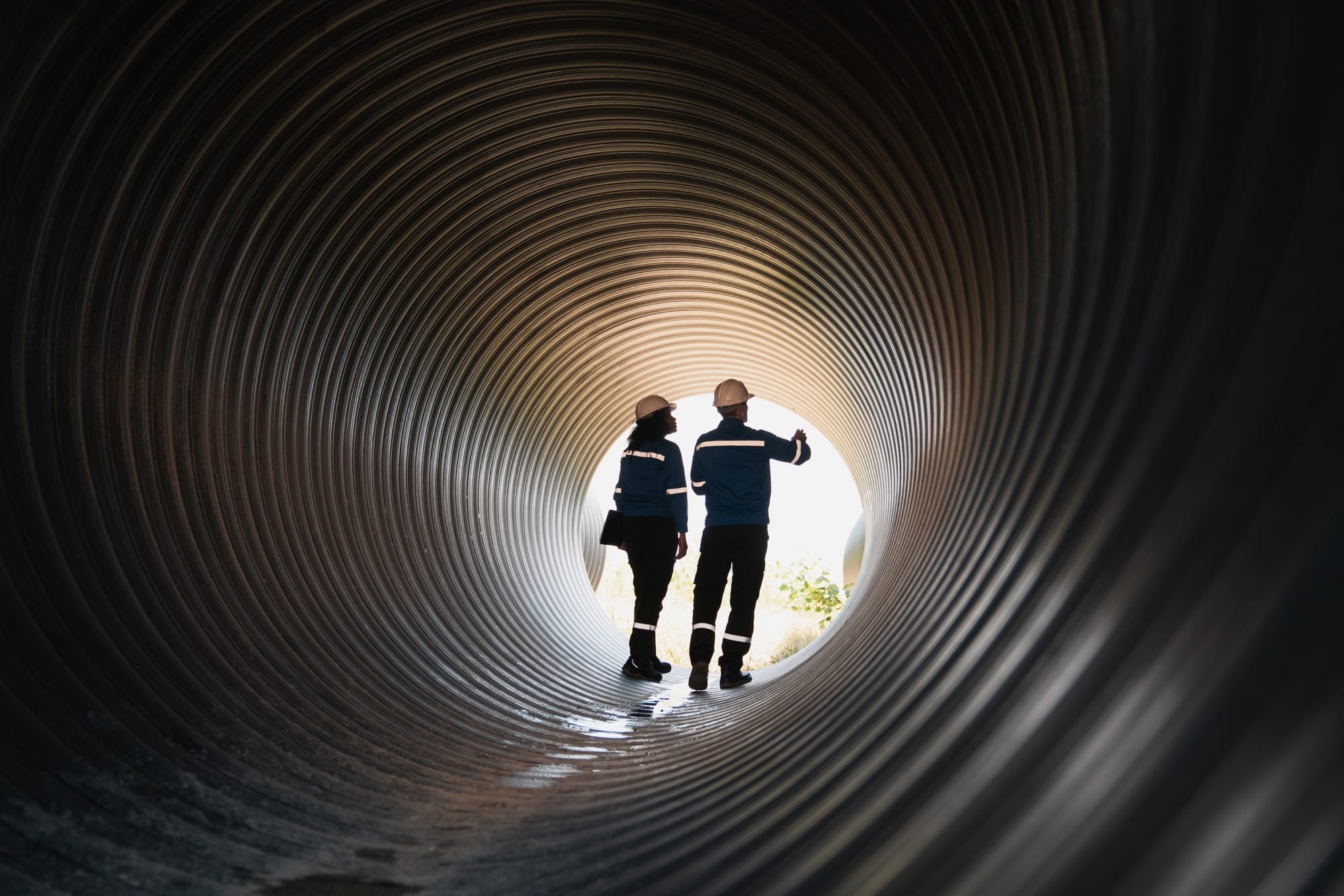Efficiency is essential in any industry, and advanced oil tube solutions can significantly enhance operational performance. From automotive to industrial applications, selecting the right oil tube type and material matters greatly. This guide delves into various oil tubes, providing insights on specifications, compatibility, and usage instructions. Discover how to maximize efficiency while ensuring safety and effectiveness in your projects. Equip yourself with the knowledge to make informed decisions that meet your specific needs.
Overview of Oil Tube Applications
Oil tubes serve as essential components across multiple industries due to their durability, versatility, and ability to handle high-pressure fluids. Whether used in automotive systems, industrial machinery, or the marine sector, these tubes optimize fluid transportation and system performance. To get oil tube components suitable for specific applications, industry professionals often look for customizable options that align with their operational demands.
A lire en complément : How Can UK Legal Firms Use Blockchain for Secure Document Management?
Automotive Uses
In vehicles, oil tubes play a critical role in managing lubrication and fuel transfer. Cars and heavy-duty trucks rely on them for consistent engine performance, while in hybrid and electric vehicles, oil tubes can be adapted for cooling mechanisms. These components ensure seamless operation across varying temperatures, especially in high-performance engines requiring precision and efficiency. The flexible oil tube designs available today enhance adaptability in compact engine spaces.
Industrial and Marine Applications
Beyond transportation, oil tubes are integral in industrial machinery, offering pathways for hydraulic fluids and cooling oil to circulate under intense conditions. Similarly, in the marine industry, robust, pressure-rated oil tubes are employed to maintain functionality within harsh, corrosive saltwater environments, ensuring safety and reliability for prolonged use.
A découvrir également : Unlocking the power of lte mobile proxies for your business
Types of Oil Tubes and Specifications
Common Types of Oil Tubes
Oil tubes are essential in diverse industries, catering to a broad spectrum of applications. Common oil tube types include pressure-rated oil tubes, high-temperature oil tubes, and flexible oil tubes, each suitable for specific operating environments. For instance, oil tubes for machinery are crafted for robustness to endure mechanical stress, while oil pickup tubes excel in automotive systems for efficient lubrication.
Additionally, oil sight gauge tubes are essential for monitoring fluid levels in tanks, offering both functionality and reliability. Similarly, oil transfer tubes are engineered for fluid movement across systems, ensuring safety and high performance, even under extreme conditions.
Material Specifications and Choices
The material properties of oil tubes directly influence their durability and compatibility. Most are manufactured using pressure-resistant alloys, stainless steel, or specialized plastics. These materials provide heat resistance and corrosion protection, vital for equipment maintenance. Adaptable oil tube diameter options allow for versatility across machinery, from industrial setups to automotive applications.
Comparison of Leading Oil Tube Brands
When comparing oil tube brands, factors such as material quality, operational efficiency, and adherence to industry standards become critical. Customization options, like coated oil tubes, further enhance functionality, ensuring an optimal fit for specific projects. Reliable brands ensure compliance with modern oil tube safety standards, maximizing efficiency across their use cases.
Installation and Maintenance Guide for Oil Tubes
Step-by-Step Installation Process
Installing oil tubes requires precision to ensure safety and efficiency. Begin by selecting the appropriate oil tube based on specifications like diameter and pressure ratings, tailored to your application. Before installation, inspect the tube for defects or debris that might compromise functionality. Utilize appropriate tools for cutting to avoid damage while ensuring the ends are clean and even. For an airtight connection, apply oil tube sealants or high-quality fittings. During assembly, check alignment and avoid any twisting or undue bending that could weaken the tube structure. Finally, test the connections by conducting a pressure test to identify potential leaks and rectify them.
Regular Maintenance and Care Tips
Proactive maintenance is critical for extending the lifespan of oil tubes. Schedule regular inspections to identify wear, corrosion, or cracks. Clean the tubes using non-abrasive cleaning methods compatible with the tube’s material. For high-temperature oil tubes, ensure proper heat shielding to prevent degradation. Protect tubing in storage by keeping it in a clean, dry area to avoid environmental exposure that might lead to abrasion or contamination.
Troubleshooting Common Oil Tube Problems
Addressing issues such as leaks and blockages starts with careful inspection. Leaks often result from improper connections or aging seals; replacing the seals or damaged sections can resolve the issue. Blockages require flushing with compatible cleaning agents. Avoid using incompatible chemicals to prevent material degradation.
Innovations and Features in Oil Tube Design
Advances in Oil Tube Materials and Manufacturing
Recent oil tube design innovations have focused on enhancing durability and adaptability across various industrial settings. The use of advanced oil tube manufacturing materials, such as high-strength alloys and corrosion-resistant coatings, significantly improves resistance to environmental conditions. For oil tubes in high-temperature applications, materials like stainless steel or specialized polymers ensure heat resistance while maintaining flexibility. These innovations contribute directly to improving oil tube durability factors, ensuring longer service life under demanding conditions.
Moreover, modern oil tube pressure ratings are achieved through precise engineering processes, accommodating the varying needs of industries relying on stable and secure oil transfer. The inclusion of optimal wall thickness during manufacturing further boosts their performance under extreme pressures.
Understanding Oil Tube Safety Features
Cutting-edge safety standards are now integral to oil tube design innovations, minimizing risks associated with leaks or mechanical failures. Oil tube sealants play a vital role in maintaining airtight connections, offering enhanced leak prevention. Additionally, strict adherence to oil tube safety standards ensures that installations meet or surpass industrial and environmental regulations, addressing concerns around long-term sustainability within the field.
Innovations for High-Performance Applications
For demanding applications, pressure-rated oil tubes engineered with reinforced layers are becoming standard. These designs also integrate features like oil sight gauge tubes, allowing operators to monitor flow easily. As oil tubes in industrial uses expand, innovations like flexible joints and customizable sizing options further amplify their usability across diverse operational contexts.






